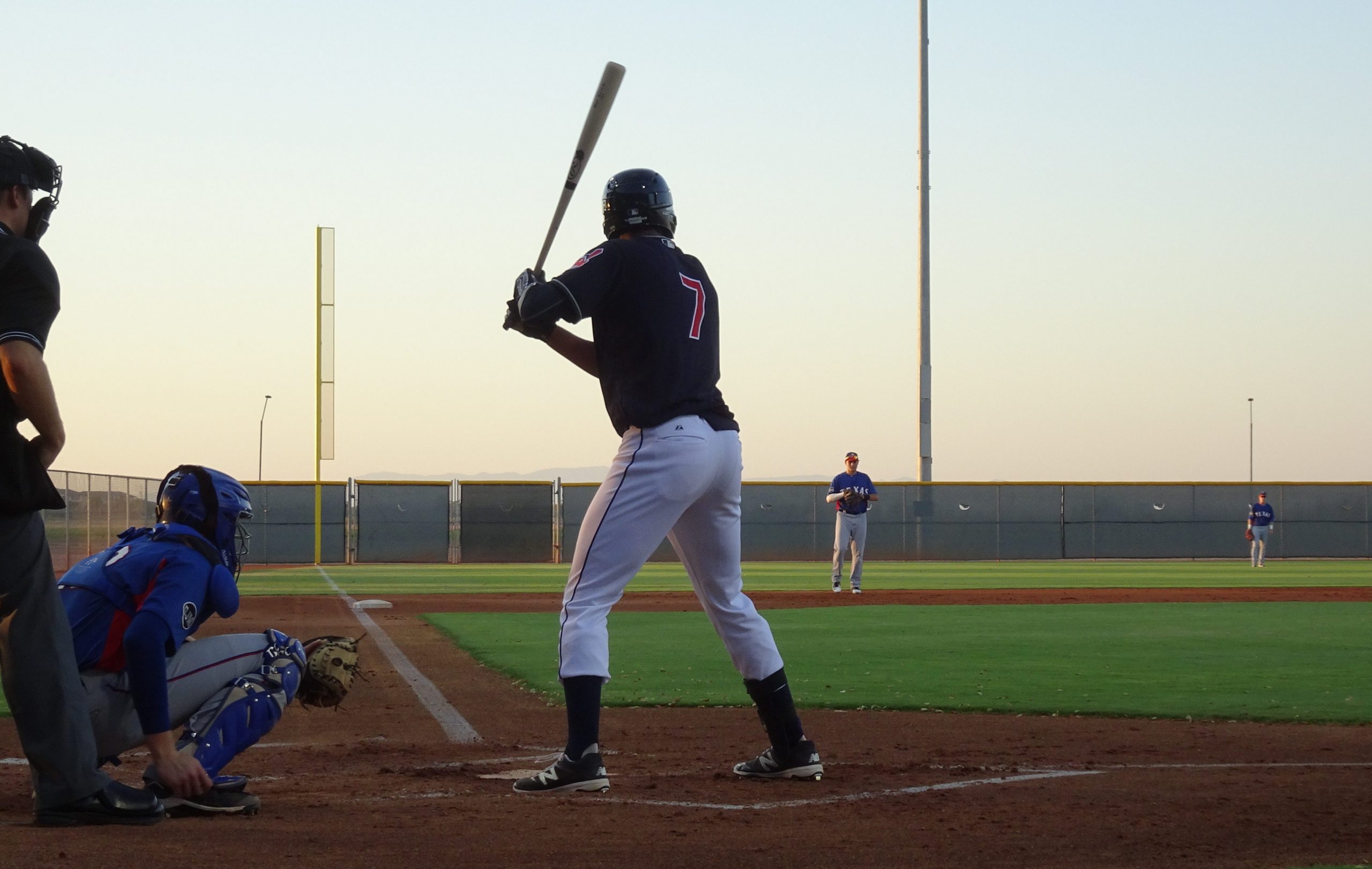One of the major changes in draft philosophy that the Indians went through when they changed their approach in 2011 was changing the focus from players they thought would be dependable, low ceiling, high floor players (and particularly college players) to those that had much higher upside, even if they had greater risk.
From 2002 through the drafting of Francisco Lindor in 2011, the Indians never used their first pick on a player who hadn’t at least played in junior college (and Lonnie Chisenhall was the only one of those), but starting in 2011, 11 of 15 first or second round picks have been high school kids. The only two college level first round picks during that span were Tyler Naquin and Bradley Zimmer, both rated highly by scouts at the time. In fact, while it won’t be known for sure for a few more years, it appears that all of the Indians early round picks have been winners since the change in strategy.
One reason for this was that they were still picking well rounded players, just younger ones who had a higher ceiling than their picks from the decade prior. Every first round pick since 2011 (with the exception of Brady Aiken for obvious reasons) not only hit well, but played their position defensively at a superb level. Lindor was obviously the most advanced of all those picks, but Clint Frazier and Zimmer weren’t too far behind, while the lone pitcher, Aiken, was good enough to be taken first overall the previous season.
This all leads up to Will Benson, the Indians first round (14th overall) pick in 2016. Unlike the three other outfielders taken in the first round since 2011, Benson is a right fielder rather than a centerfielder and he comes into the professional ranks with the lowest defensive ranking of the four, a scary thought after watching Naquin play center for a year in Cleveland.
The fact is, Benson (ranked 13th in BurningRiverBaseball’s 2016 Prospect Rankings) is a different kind of player than those drafted in the previous seasons. While his ceiling is similar (potential MLB starter at least), his floor is much lower thanks to his strike out issues and position. All this was known when he was drafted and the Indians took a risk in taking him in the first round, going back to their normal selection style when they chose Nolan Jones in the second round.
The link above goes to Justin Lada’s initial report when he was drafted, based off some video and the scouting reports of others, but after watching him play in person for an entire season in Arizona, I can confirm it all. Benson has a great arm, decent speed (coming from a long stride) and is slightly lacking as far as response time and angles are concerned in the outfield. Still, he is further from being the worst defensive right fielder I’ve seen than he is from being the best. If he can hit, he’d certainly be able to maintain in right field or probably left as he’s far from a lumbering first baseman or DH.
Of course, he wasn’t taken so early in the draft for his defense. Benson’s Russel Branyan-esque floor to ceiling swing culminates in a massive amount of power, backed by incredible bat speed. He used this to slug .424 with 10 doubles, three triples and 6 home runs in the Major League sized Arizona Rookie League fields. While those totals may not seem impressive, his teammate Oscar Gonzalez lead the AZL with 8 home runs while Benson finished 6th and Curtis Terry was the leader in doubles with 17, but only three hitters had more than 14. There was little question that Benson was one of the premier power hitters in the AZL in 2016.
However, that power came on the very limited number of swings that actually made contact. As expected, that big swing led to quite a few K’s (60 in 158 at bats) and with little patience despite the inherent wildness of 17 year old pitchers in 110° heat, he walked just 22 times (for comparison, Jones walked one more times while striking out 11 less in about 50 less at bats).
To put this in perspective, success or failure in a player’s first season in professional baseball is not of great significance. Plenty of Major League players have struggled when making the adjustment, especially from high school to the minors and plenty of minor league drop outs have excelled in the AZL, only to flame out long before reaching even AAA. In addition, the fact that Benson was a high pick and was given a $2.5M bonus means that he will be given every opportunity to succeed.
With all this, it’s far too early to judge Benson, but he will certainly be an interesting one to follow for the next few years. The Indians don’t have many players like him; pure pull power hitters who have the potential of rewriting the franchise’s home run records. Of course, if he’s ever going to do that, he’ll have to do a lot better than a .209 average in rookie ball.
Add The Sports Daily to your Google News Feed!
